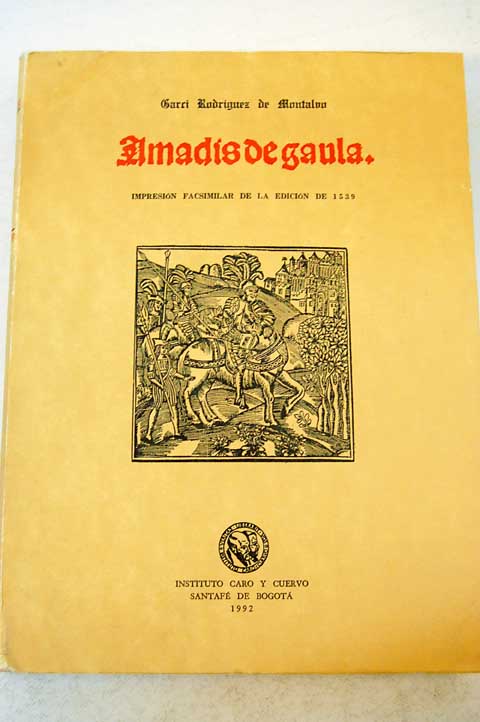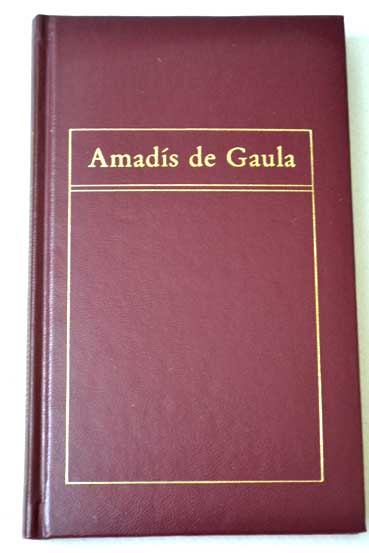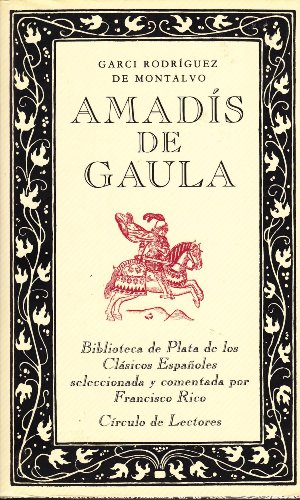

When Quixote's niece, the housekeeper, and the parish curate set out to destroy Quixote's library, considered the source of Quixote's fanciful behavior, Las Sergas de Esplandián is the first book selected for the pyre. In the sixth chapter of Don Quixote, written by Miguel de Cervantes in 1605, Montalvo's sequel is mentioned as one of the books in Quixote's library. Montalvo is thought to have died in 1505, leaving some of his works to be published after his death. Ruth Putnam argues that Montalvo finished his novel sometime after 1492, but before Queen Isabella died in 1504. Earlier editions are thought to have been published in Seville as early as 1496. The oldest known surviving edition of this work was published in Seville in July 1510. Upon completion, Montalvo wrote the sequel, Las Sergas de Esplandián, regarding the exploits of Esplandián, the son of Amadis. The original Amadis was in three volumes, but Montalvo added a fourth that is considered to be mostly his own work. Garci Rodríguez de Montalvo initially translated and recast Amadís de Gaula from Portuguese to Spanish.


While the novel itself has met with some criticism for its lack of literary style, it achieved particular notability in 1862, when Edward Everett Hale concluded that the novel was the origin of the name California. The novel is a sequel to a popular fifteenth century set of chivalric romance novels, Amadís de Gaula. Las Sergas de Esplandián ( The Adventures of Esplandián) is a novel written by Garci Rodríguez de Montalvo in the late fifteenth or early sixteenth century. 1510 novel by Garci Rodríguez de Montalvo Las sergas de Esplandián


 0 kommentar(er)
0 kommentar(er)
